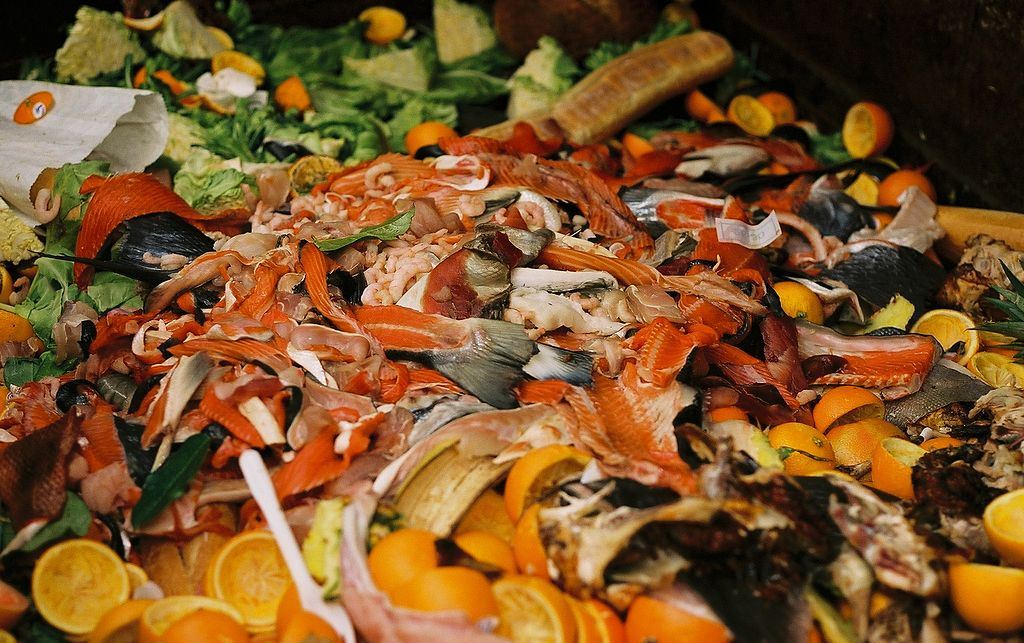“Eat your broccoli,” our mothers would say. “Think of the starving children in Africa!”
It’s a moral claim we’re all familiar with. If some of our food goes to waste, someone, somewhere, will face imminent harm and the environment will go to the dogs.
Indeed, it’s the central message of the popular new documentary, Wasted!, which claims, for example, that one-third of all food produced is never eaten, that 40% of that same food goes to waste, and that 90% of all wasted food ends up in landfills. The clear victims: Mother Earth and the “food insecure.”
But is this the right way to think about the issue?
Not according to Rachel Laudan, food historian at University of Texas in Austin and author of Cuisine and Empire: Cooking in World History, who recently described herself as a “happy food waster.”
“Food waste is presented in moral terms,” writes Laudan. “It’s bad, even a sin, to waste food. This is a terrible way to frame the issue.”
Laudan’s point isn’t that waste is good, but rather to remind us of the other “goods” we ought to consider as we plan and cook and steward our meals. “Not wasting versus wasting is not about good versus bad,” she writes. “It’s about how you rank different goods: waste, safety, health, opportunity, etc.”
Further, the practical effects of the waste are frequently exaggerated, just as the supposed alternate uses are often impractical, improbable, or impossible. Surely we should try our best to purchase only what we need, but is our disposal of orange peels or expired crackers actually going to rob others of a good meal? Is our decision to purchase awkward or ugly-looking tomatoes actually going to benefit the needy, whether they’re in our backyard or in faraway, worn-torn lands?
Laudan uses her own patterns of waste as a point of analysis, noting the range of variables that typically impact each decision: safety, job mobility, work requirements, experimentation and taste, respect for others, care for animals, time utilization, health, taste, and so on.
Taken on the whole, Laudan’s analysis illuminates a broader clash of values that minimizes the concerns of food-waste hysteria and points us to a more gracious and joyful food experience — one that sees the bigger picture of decisions and doesn’t give way to a zero-sum economic imagination. As Laudan explains:
Not wasting food is good. Safe, healthy, tasty food is also good. The ability to choose food is good. The opportunity to work is good. Respecting others is good.
It would be wonderful if the “don’t waste” value never clashed with other values such as safety, health, taste, choice, respect, and financial sense.
Life’s not like that. Values clash all the time. Behaving well as an adult means making choices about which values are most important. Eating well as an adult means making choices about what values are most important.
Being a “happy food waster” doesn’t mean that we orient our lives toward the expansion of waste. It simply means that we recognize the more basic economic reality and the range of other legitimate priorities, each woven together in our moral decisions.
“Enough of the spurious contrast between virtuous non-waste behavior and sinful waste,” Laudan writes. “That simply induces guilt and anxiety. Guilt and anxiety make it difficult to eat well.”
As we aim to steward our resources well, we should remember the depth and breadth of each decision, which stretches beyond our more hasty, materialistic assumptions about scarcity and waste. Once we do so, looking at the bigger story of human flourishing and economic abundance, we can move forward not with anxiety and loathing, but with joy and peace.
Image: Taz, 2006_04_10 (CC BY 2.0)

